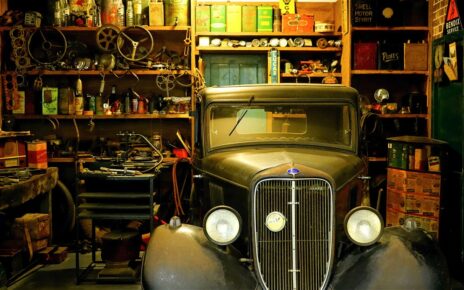A high-performance racecar is created for speed and competition. These cars are made for racing and are generally encountered on racetracks. Some street-legal exotic sports cars are so strong and sparse that they resemble race cars.
Race Cars are also renowned for their handling. Handling refers to how well a car handles at high speeds around turns. These cars’ coilovers of d2racingsport, aerodynamic controls, and low centers of mass allow them to turn incredibly sharp turns at high speeds. Cars with a low center of mass hold corners better than those with a high center of mass.
10 Things that make a racecar a racecar
1. Coilovers
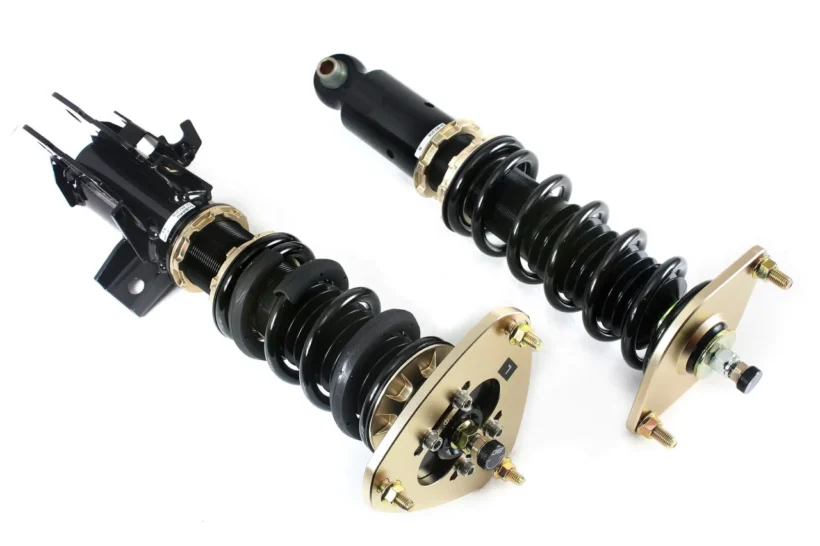
They are suspension components that, like shock absorbers, keep your car from bottoming out.
The strut is surrounded by a coil, similar to a spring. You may alter the height of the Coilover by adjusting this coil.
In addition, coilovers create a stiffer ride, allowing you to drive with less tire wear. Also, they can aid in reducing body roll-around turns.
No wonder NASCAR, Formula 1, and most other race cars have low ride height. It’s easier to turn and drive at high speeds with a lower center of gravity. Not even employing coilovers will help you avoid bottoming out. Because racetracks lack divots and potholes, race car drivers may drive so close to the ground. Most current race vehicles use coilovers.
You can elevate your car on the road and lower it quickly when you go to the track with coilovers. Some drivers enjoy the look of a lowered vehicle over others.
2. Disc Brakes
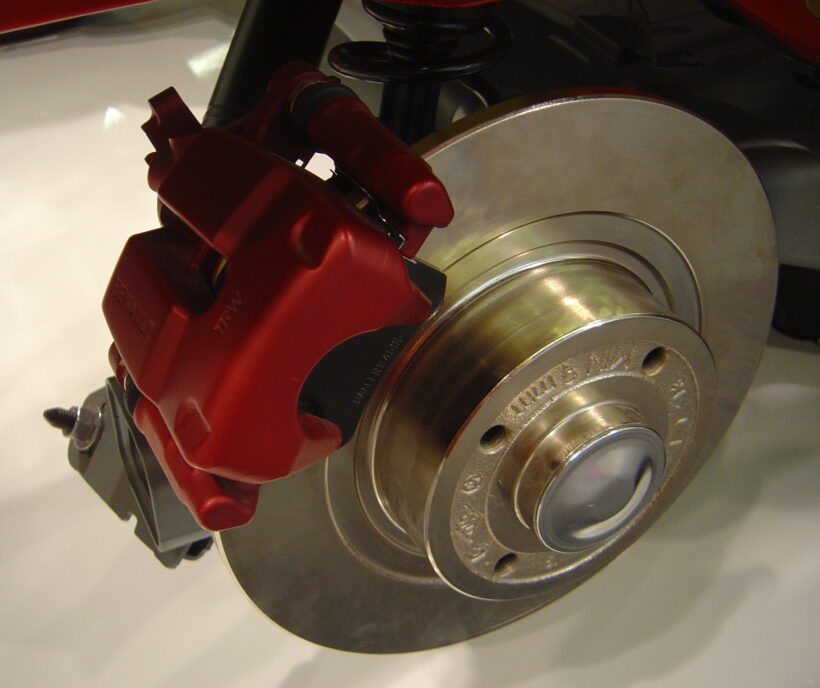
Race vehicles began using disc brakes in the 1950s. Race teams preferred them because they were powerful and easy to maintain. Disc brakes also stay cooler longer. The brakes produce a lot of friction and heat when stopping a car. The heat diminishes the brakes’ stopping power. Disc brakes include vents that allow heat to escape. Now, all but a few cars have disc brakes on the front wheels, and most have them on all four.
Racing technology continues to advance. Racing uses lighter and often more robust materials than cast-iron disc brakes. Ceramic disc brakes have long been utilized in racing and are now offered in luxury sports cars. Many racing teams now use carbon brakes that are both light and robust. That’s a technology that won’t be in production cars for a long time due to high costs.
By starting the automobile and shifting into first gear virtually simultaneously, drivers can get ahead of the competition.
3. Splitter
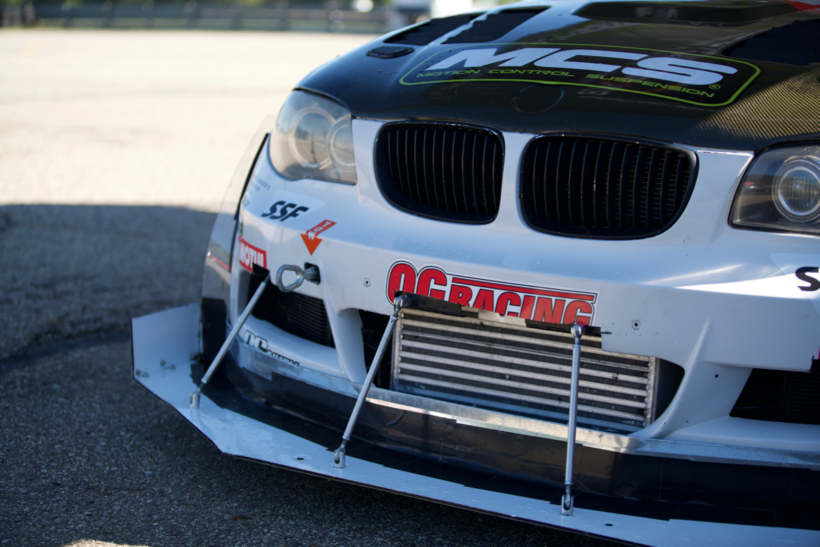
A leading-edge on the front of the car is nearly parallel to the ground to keep high-pressure air on top of the car rather than flow underneath it. The high pressure presses down on the splitter, which aids in the creation of downforce as well.
4. Hood Vents (also known as hoods)
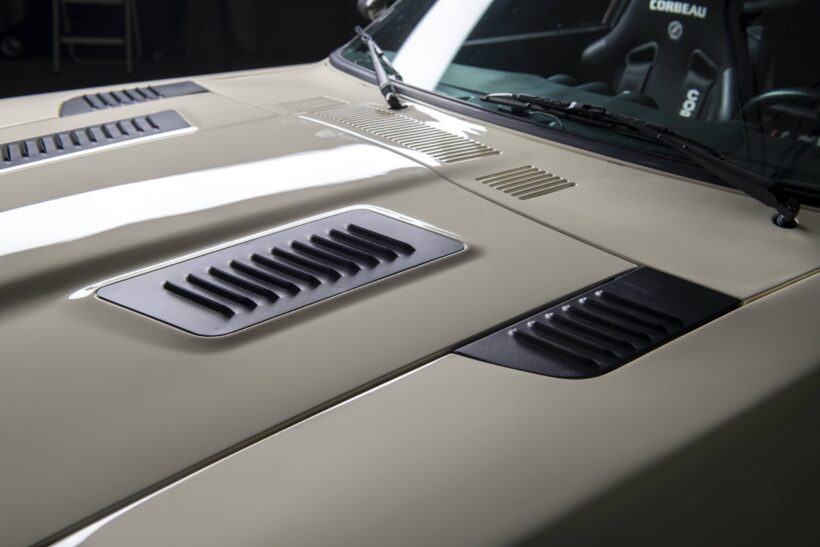
A ventilated hood allows air going through the radiator to leave cleanly, and it also helps maintain airflow through the engine compartment, which increases cooling.
5. Underbelly
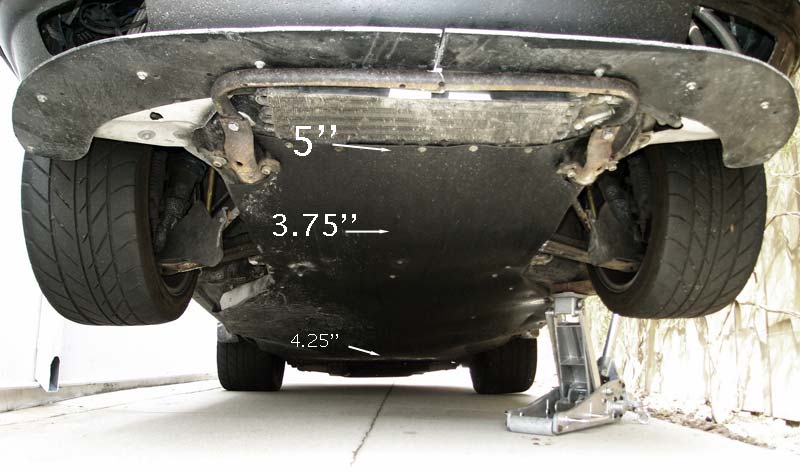
When used in racing, these are frequently smooth and flat to reduce drag and turbulence underneath the vehicle. When combined with the diffuser, lower pressure air under the vehicle can generate tremendous downforce.
6. Diffusers
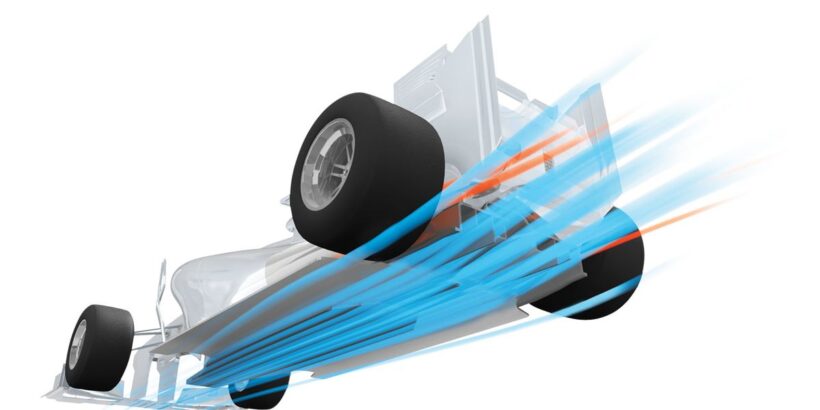
A diffuser is a section of the vehicle’s underbody formed to generate an area of rising air volume below the back of the vehicle. This permits fast-moving low-pressure air beneath the car to decelerate and expand at the vehicle’s rear, resulting in improved fuel economy.
To improve downforce, the diffuser aids in accelerating the air beneath the car, which lowers its pressure. It can also assist in redirecting airflow upward, resulting in increased downforce.
7. Spoiler
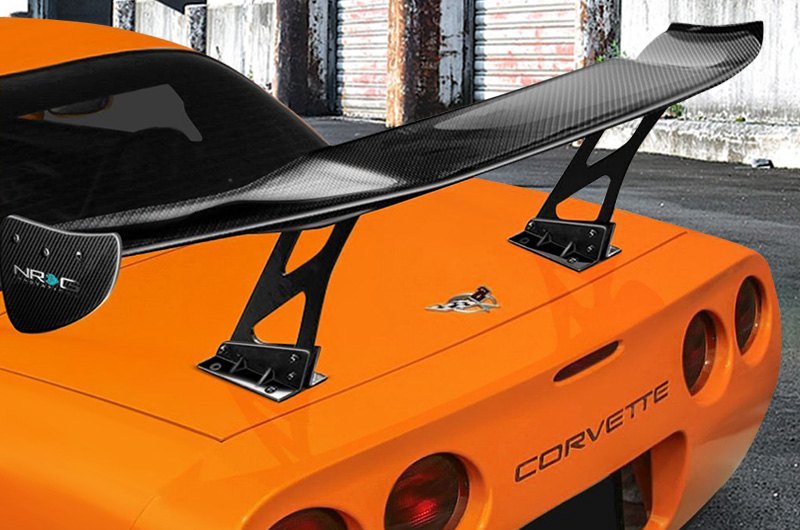
Spoilers on race cars, which should not be confused with a rear wing, are used to restrict lift by providing an obstruction in the path of the airflow that causes lift. As a result, the course of the air changes, and the airflow at the rear of the vehicle departs in a horizontal or upward direction rather than providing lift.
When you’re aboard a passenger jet that’s about to land, you’ll notice something similar. Flaps on the wings (spoilers) will lift, reducing lift and increasing drag, all of which contribute to the plane’s slowing down.
8. Push Button
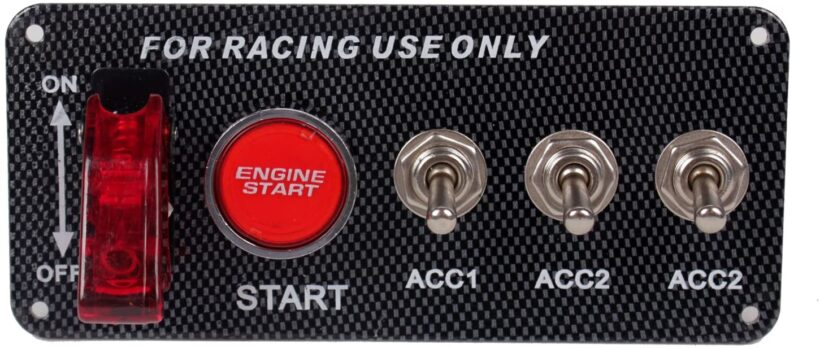
Push-button ignition is faster than turning a key (and easier with your left hand). Some production automobiles use this racing technology, which starts by pressing a button rather than turning a key. The push-button systems come in many forms.
BMW, for example, requires drivers to insert their keys into a slot before pressing the start button. Others, like Infiniti, use an electronic key fob. When the fob holder approaches the automobile, the doors automatically unlock — no more fumbling with keys. The button activates and starts the car when the car senses the fob is inside, similar to many race cars.
9. Engine
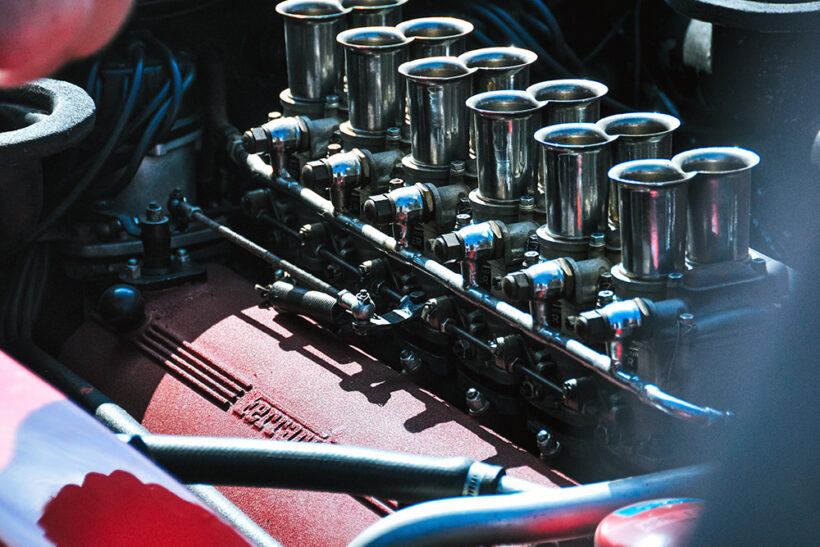
Like when you exercise, car engines need to breathe naturally. Because car engines run on combustion, acquiring enough air is critical. They can’t function without it. An engine that obtains more air will breathe better. Also, cool air helps engines run better. The cold air thickens the air/fuel mixture, allowing the engine to extract more energy. Superchargers and ram air intakes are built specifically for this purpose.
Superchargers aren’t allowed in any high performance or F1, although they are in dragsters. The National Hot Rod Association is a well-known drag racing association. Unlike NASCAR and F1 cars, dragsters are built for one thing: straight-line speed. Automakers have adopted drag racing superchargers and ram air intakes to improve engine breathing.
10. Exterior Design
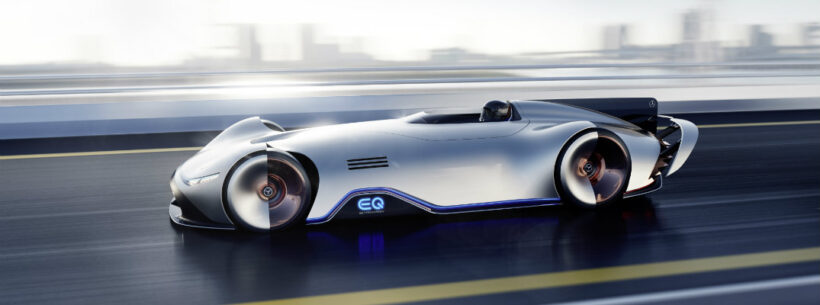
In NASCAR, Formula One, and drag racing, everything on the outside of the car has a purpose, and that purpose isn’t just to look good.
Although this is the case, because we identify the smooth, flowing curves of race cars with the concepts of power, performance, and glamor, these designs are frequently used in production vehicles. Racing teams and racing car designers were among the first to use wind tunnel experiments to develop the most aerodynamic forms for their automobiles and race cars.
Because race cars travel at such high speeds, engineers and designers devised spoilers and air dams to keep the vehicles stable while traveling at high speeds. Those aerodynamic components looked so brilliant on race cars that automakers quickly jumped on the bandwagon and have now incorporated them into a wide range of production vehicles — albeit in a significantly toned-down form.
Conclusion
As Formula 1 is a multi-billion dollar industry, material scientists will continue to improve existing parts. The stakes are enormous, as any improvements in F1 car structure or materials represent huge earnings for the racing team and a chance to win.



